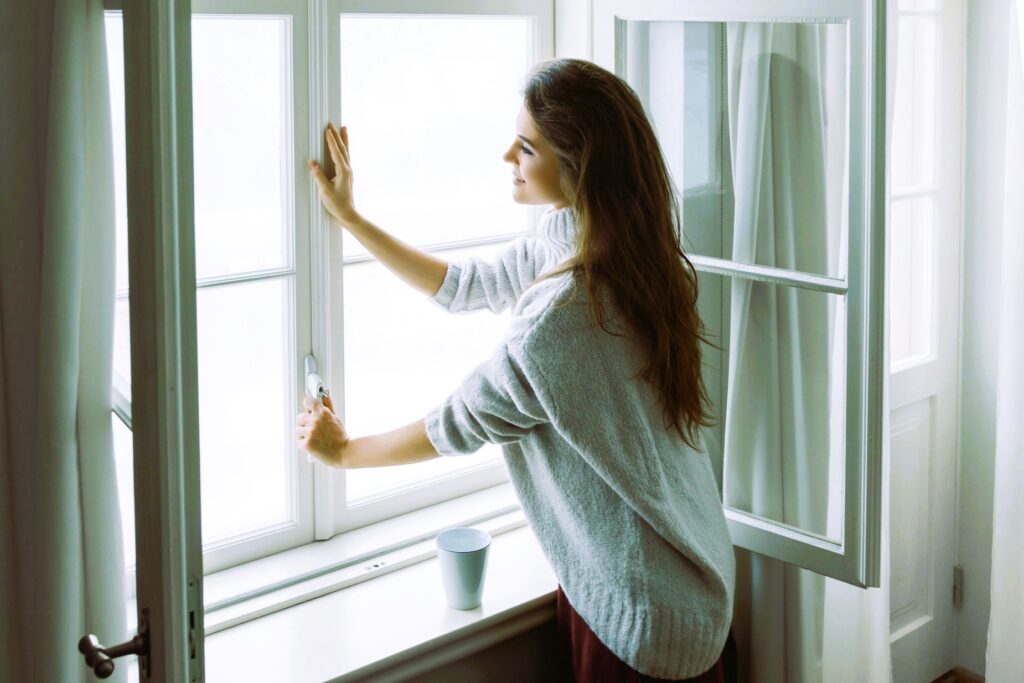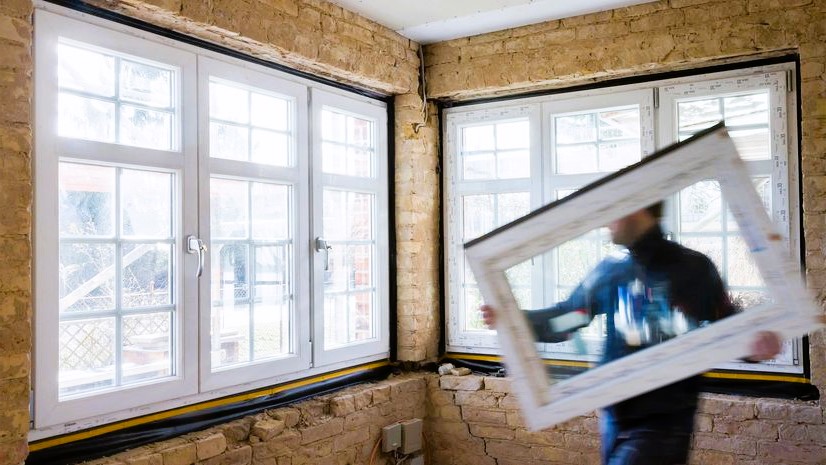Windows are more than just openings that allow light and air into our homes. They play a critical role in energy efficiency, affecting both heating and cooling costs. The type of glass used in windows, its glazing, and overall design can significantly impact a home’s energy efficiency. In this article, we will explore the importance of window glass in energy efficiency and how different choices can influence your home’s comfort and sustainability.
Understanding Energy Efficiency
Before delving into the role of window glass, it’s essential to understand what energy efficiency means in the context of homes. Energy efficiency refers to the ability of a building to use energy efficiently, which includes reducing energy consumption and minimizing waste. In the case of windows, energy efficiency involves maintaining a comfortable indoor temperature while minimizing the need for mechanical heating or cooling.
The Role of Window Glass
Windows are essentially a barrier between the indoors and outdoors, and the type of glass used can either help or hinder energy efficiency.
Glass properties that influence energy efficiency:
- Insulation: The ability of glass to insulate against heat transfer is crucial. Heat can escape through windows in the winter and enter in the summer, affecting indoor temperatures and energy use.
- Solar Heat Gain: Depending on the glass type, windows can either allow or block solar heat from entering your home. This factor is vital for climate control and energy savings.
- UV Protection: Protection from ultraviolet (UV) rays is essential to prevent damage to furnishings, flooring, and interior surfaces. UV rays can fade materials over time.
- Visible Light Transmission: The amount of natural light that enters a space impacts both aesthetics and the need for artificial lighting.
Types of Window Glass

There are various types of window glass designed to address these factors and enhance energy efficiency.
1. Single-Pane Glass:
Pros:
- Simplicity and affordability.
- Suitable for mild climates.
Cons:
- Poor insulation, leading to heat loss in winter and heat gain in summer.
- Minimal UV protection and potential for fading.
2. Double-Glazed Glass:
Pros:
- Improved insulation due to the air gap between panes.
- Better UV protection and energy efficiency.
Cons:
- Limited performance in extreme climates.
3. Triple-Glazed Glass:
Pros:
- Enhanced insulation with two air gaps.
- Superior performance in colder climates.
- Effective UV protection.
Cons:
- Higher upfront cost.
4. Low-E Glass (Low-Emissivity Glass):
Pros:
- Coated to reduce heat transfer while maintaining visible light transmission.
- Blocks UV rays effectively.
- Enhanced energy efficiency year-round.
Cons:
- Slightly higher initial cost.
5. Argon/Krypton-Filled Glass:
Pros:
- The space between panes is filled with low-conductivity gases like argon or krypton, improving insulation.
- Effective in extreme climates.
Cons:
- Higher initial cost compared to standard double-glazed glass.
6. Smart Glass:
Pros:
- Can change its properties, such as tint and transparency, in response to external factors like sunlight or electricity.
- Offers dynamic control over heat and light.
Cons:
- Costly installation and maintenance.
Impact on Energy Efficiency
The choice of window glass directly affects a home’s energy efficiency:
- Heating Season: In colder climates, windows with better insulation, such as triple-glazed or Low-E glass, help retain indoor heat, reducing the need for heating.
- Cooling Season: In warmer climates, windows with solar control properties, like Low-E glass or tinted glass, can minimize heat gain, reducing the reliance on air conditioning.
- Year-Round Comfort: Energy-efficient glass helps maintain consistent indoor temperatures, reducing the need for frequent adjustments to heating or cooling systems.
- Sustainability: Energy-efficient windows contribute to reduced energy consumption, lower greenhouse gas emissions, and a smaller carbon footprint.
Window Frame Material Matters

In addition to the glass type, the window frame material also plays a role in energy efficiency. Common window frame materials include wood, vinyl, aluminum, and fiberglass, each with its own set of pros and cons in terms of insulation and durability.
Government Standards and Regulations
Canada, like many countries, has standards and regulations in place to ensure that windows and glass products meet energy efficiency requirements. These standards are designed to promote sustainable construction practices and reduce energy consumption in residential and commercial buildings.
For more information on energy efficiency standards and regulations in Canada, you can visit Canada.ca.
Conclusion: Investing in Energy Efficiency
Choosing the right window glass for your home is an investment in energy efficiency, comfort, and sustainability. While energy-efficient windows may have a slightly higher upfront cost, the long-term savings on energy bills and the positive environmental impact make them a wise choice. The right window glass, combined with well-insulated frames, can transform your home into a more comfortable and eco-friendly living space. Whether you’re building a new home or considering window replacement, it’s essential to consider energy efficiency as a top priority.




